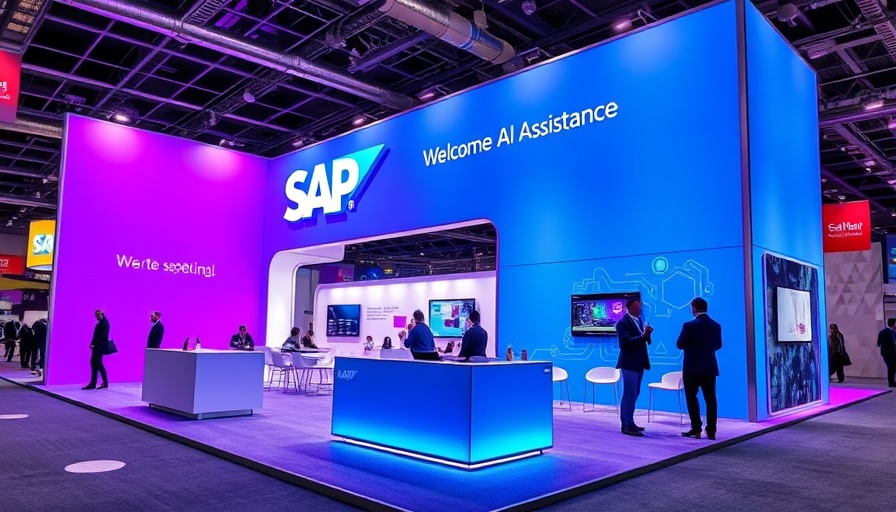
The Rise of AI in Business Applications: Meet SAP Joule
In an era where technology seems to advance at lightning speed, employees often find themselves bogged down by outdated software and complicated navigation systems to access relevant insights. Enter SAP Joule, a groundbreaking AI-driven digital assistant set to redefine the way professionals engage with business applications, transforming what once were tedious tasks into seamless interactions.
What is SAP Joule?
Initially introduced as a simple assistant capable of responding to basic queries, Joule has undergone a significant transformation over the last 1.5 years. Now, it not only speaks 11 languages but also interacts with multiple SAP systems efficiently. Joule acts as a central orchestration layer, channeling AI agents to perform a myriad of tasks with remarkable success. With over {"1500": "skills"}, its utility continues to expand, ensuring users can effortlessly request specific information and actions at lightning speed.
Enhancing User Experience through Natural Language Interaction
A major milestone achieved by Joule is its ability to answer queries via natural language. Rather than navigating through multiple screens to gather data, users can simply make requests like, 'Show me all sales orders over $100,000.' This significantly improves productivity since what traditionally took several attempts can now be executed in mere seconds. Sean Kosk, SAP's Chief AI Strategy Officer, notes that this has increased accessibility, especially for newer generations entering the workforce who are more accustomed to intuitive technological interfaces.
Using AI Agents to Drive Efficiency
What makes Joule particularly powerful is its role as the orchestrator of various AI agents, each designed to specialize in different business processes. For instance, one of the 40 predefined agents focuses on dispute management, capable of understanding complex issues by consulting an array of documents. This enables users to resolve queries quickly without losing time to manual processes.
Future Predictions: The Value of Joule Going Forward
As businesses continue to rely heavily on data, the significance of intuitive tools like SAP Joule is set to grow. The simplicity of accessing information means that companies will see an increase in productivity and a shift towards a more data-driven culture. With a tool that learns from user interactions to develop new skills, the feedback loop between Joule and its users will lead to continuous improvement, enriching the business application landscape even further.
Counterarguments: Are We Relying Too Much on AI?
While SAP Joule brings undeniable efficiency, it does prompt some valid concerns regarding over-reliance on AI. Critics argue that an excessive dependence could stifle human skills or lead to security risks, exposing sensitive information. As AI tools like Joule become integrated into business workflows, companies must balance their use with good practices surrounding data governance and employee training.
The Broader Impact: Changing Workplace Dynamics
Joule's influence extends beyond just optimizing processes; it fosters a cultural shift in workplace dynamics. As technology drives efficiency, employees may find themselves with more time to engage in strategic thinking and innovative problem-solving instead of getting lost in administrative tasks. Moreover, when several departments have access to real-time insights through artificial intelligence, collaboration and decision-making will considerably enhance.
Actionable Insights: Preparing for an AI-driven Future
Adopting SAP Joule requires organizations to consider not just the technical implementation but also how they will support their teams in leveraging it effectively. Training programs that focus on helping employees understand AI capabilities ensure that staff can leverage these tools maximally. As corporations embrace such advancements, a cultural understanding of AI should be promoted, highlighting its benefits while addressing natural hesitations.
Conclusion: Embracing AI with SAP Joule
SAP Joule exemplifies the future of business interaction—where efficiency meets accessibility through AI. As the digital landscape advances, organizations that embrace intuitive solutions like Joule will not only see enhanced productivity but also foster a more engaged workforce. Navigating the complexities of modern business can be simplified, paving the way for creative endeavors and strategic growth.
 Add Row
Add Row  Add
Add 




Write A Comment